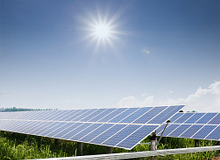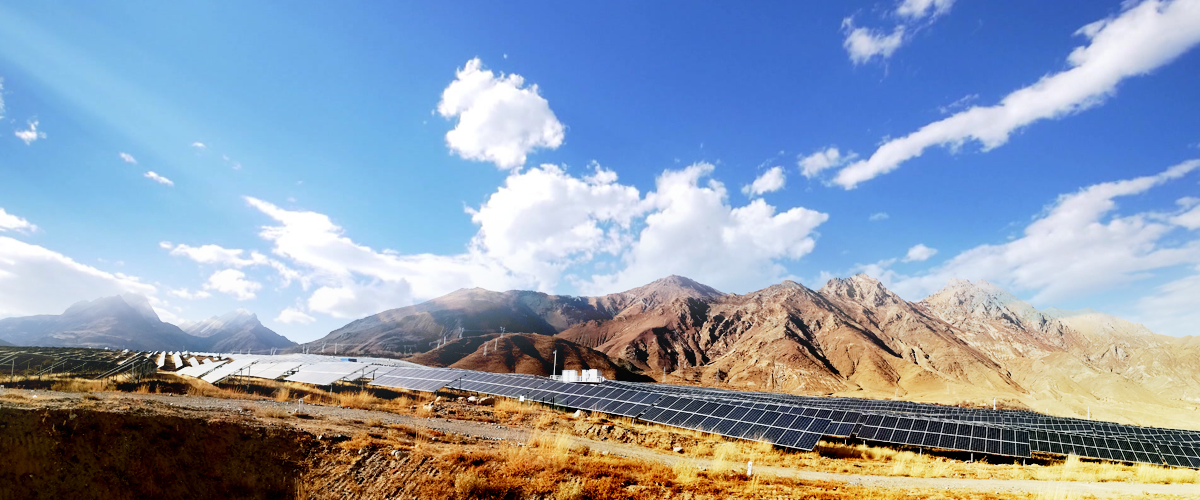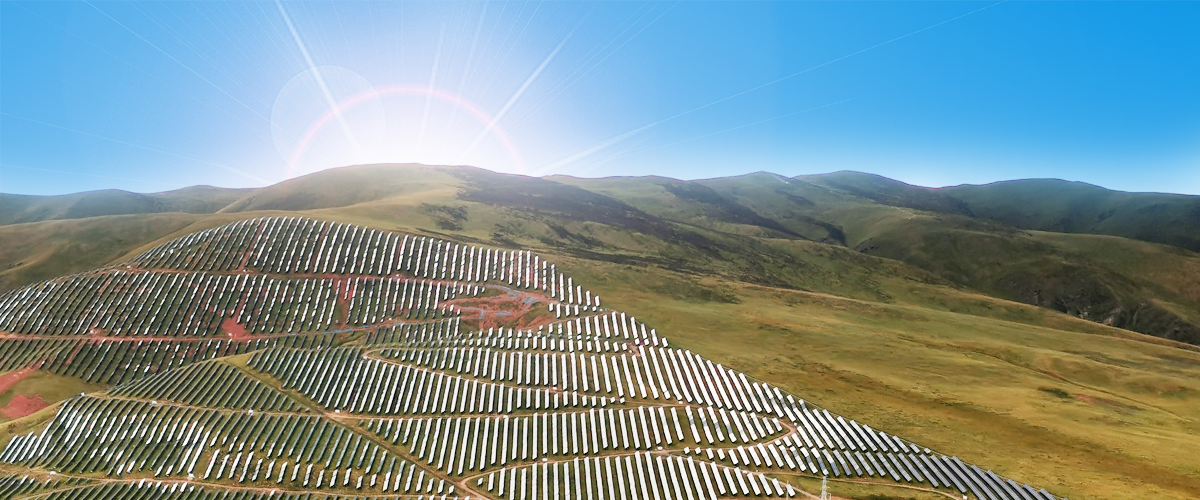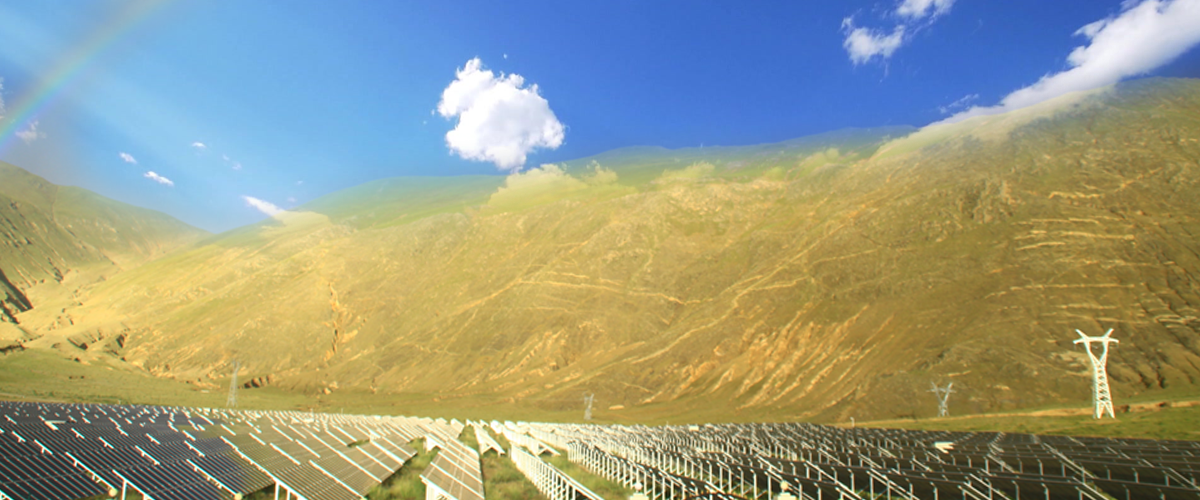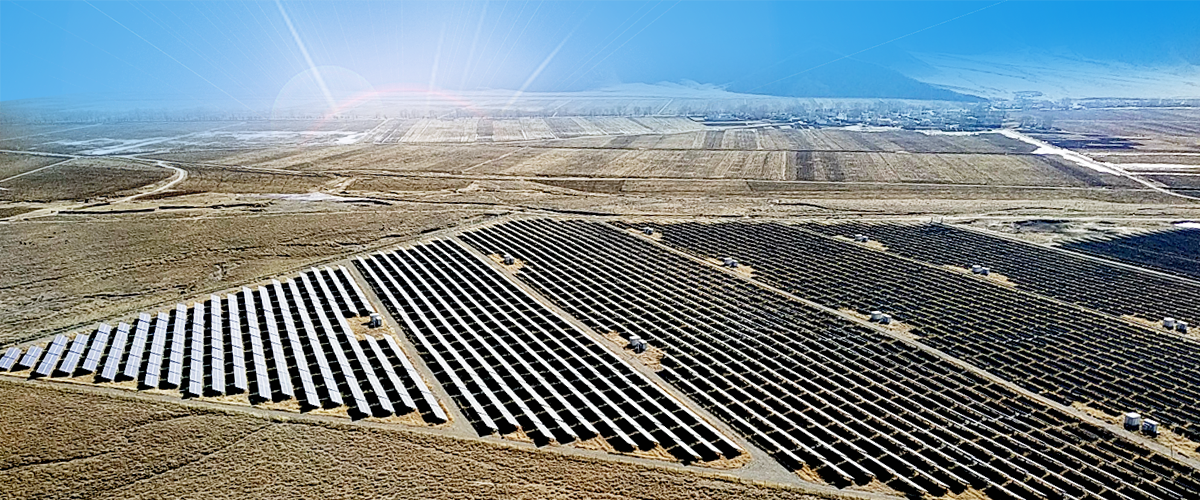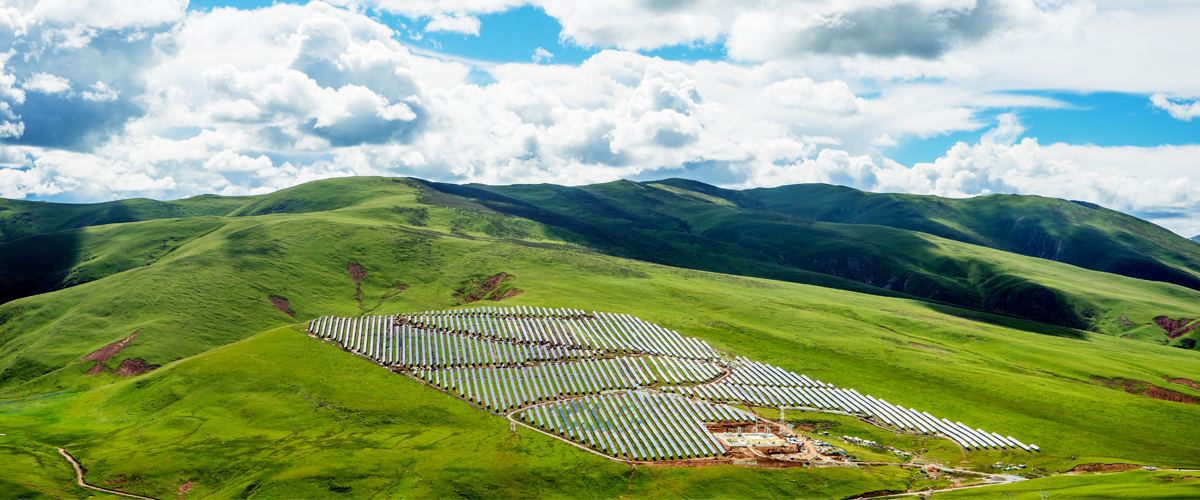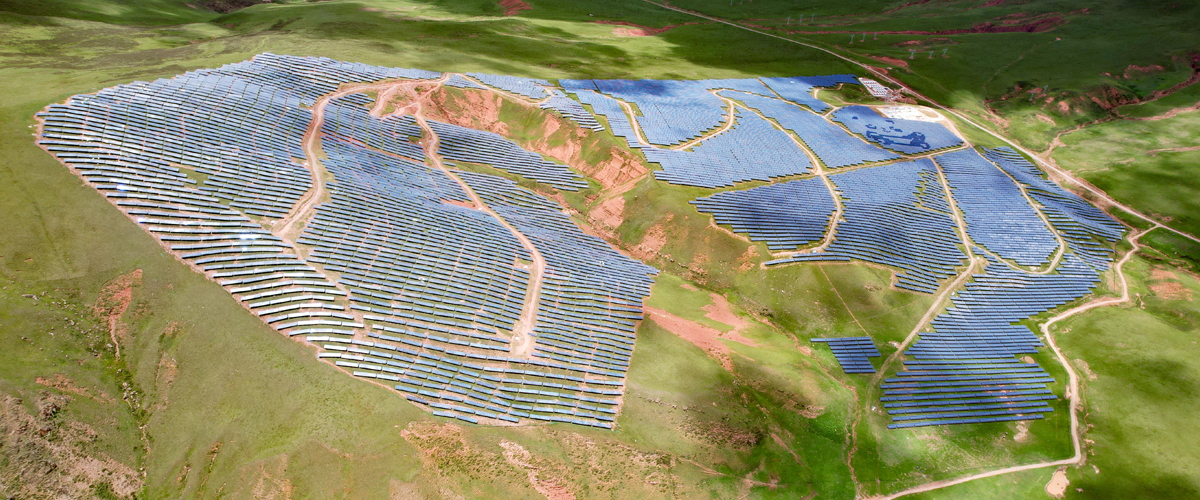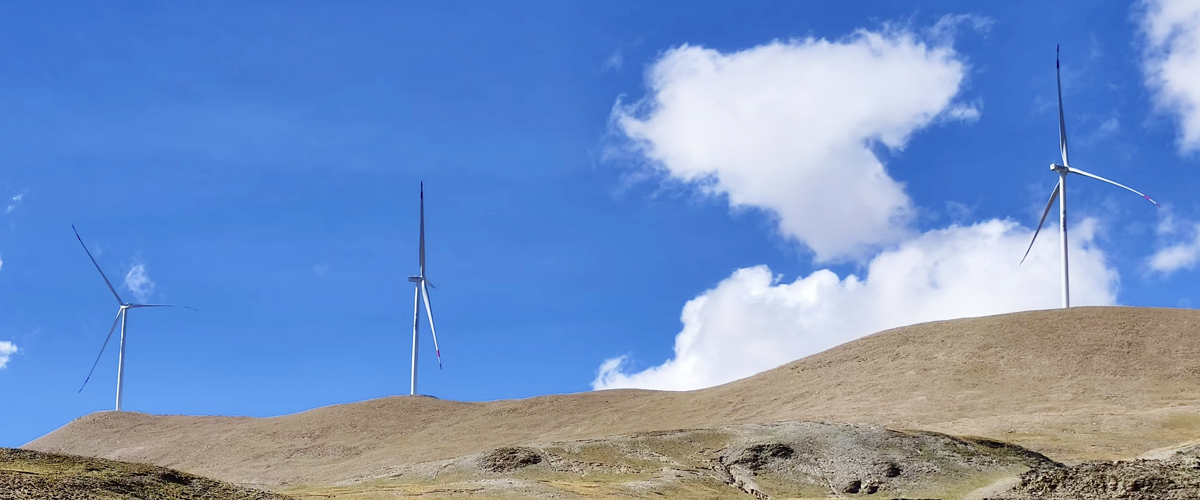The Qushui Photovoltaic Power Station is located in Semai Village, Chabala Town, Qushui County, Lhasa City, Tibet Autonomous Region, and was connected to power grid on June 29, 2017.
It covers an area of 822 mu (around 55 hectares), with an installed capacity of 25MW and a total investment of 315 million yuan. The average annual effective power generation utilization hour can reach 1,608, which means that it can produce about 31.87 million kWh of green energy annually, equivalent to saving 0.97 million tons of coal resources and reducing 26,500 tons of carbon dioxide emissions, which greatly protects the ecological environment and well practices the concept of green development.

